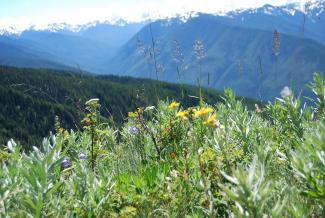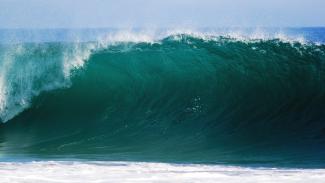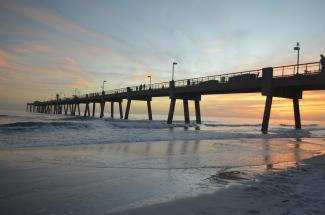Disability-Inclusive Local Climate Action Planning in the United States

Climate change poses unique dangers and challenges for people with disabilities. Unfortunately, despite wide recognition of the vulnerabilities of people with disabilities to climate change, disability perspectives and needs remain largely excluded from climate adaptation and mitigation efforts. Effective and inclusive climate action planning is essential to protecting the 26% of Americans who experience a disability from the most dangerous aspects of climate change.








